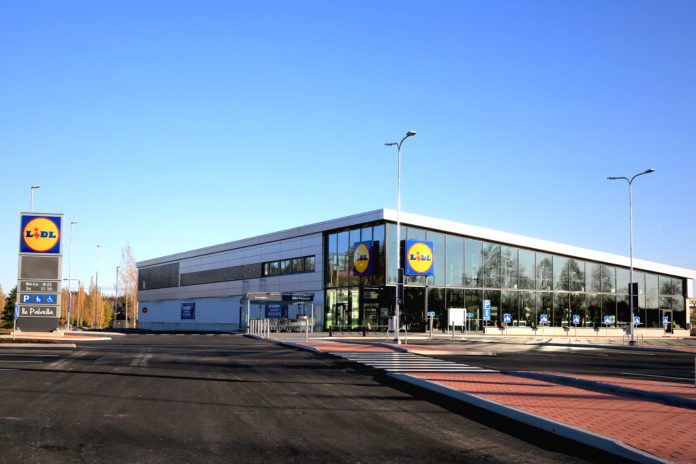Schneider Electric and Lidl, Finland’s third-biggest grocery and retail store chain, will build the nation’s first 100% energy efficient, industrial microgrid and IoT-enabled building automation system for a new distribution center in J?rvenp??, Finland.
Expected to be the largest distribution center in the country, Lidl?s will cover a surface area of 60,000-square-meters equivalent to 10 football fields, will be powered solely by renewable sources.
“Our goal is to build the Nordic countries’ most environmentally-friendly grocery distribution center,” said Simo Siitonen, manager of Energy Management at Lidl Finland. “Strict energy technical targets have been set for the building’s entire lifecycle. The building is carbon neutral and the energy cost savings goal is over 50%.?
Lidl?s energy efficiency goals will be achieved by installing a complete solution which includes a microgrid and BMS infrastructure designed by Schneider Electric, which will deploy the company?s cloud-based solution EcoStuxure Microgrid Advisor that uses data analytics to control and optimize energy resources.
The microgrid will include a 1600-panel solar power plant on the building’s roof, to generate power and heat recovered from the distribution center’s refrigeration equipment and systems will be used for the building’s energy needs and supplied to J?rvenp??’s residents, heating water for approximately 500 private homes.
Lidl?s microgrid will be outfitted with a battery energy storage system that plays a critical role in equalizing consumption spikes and ensuring continuous power distribution which is a common problem caused by Finland ?s cold weather conditions.
“During periods of very cold weather, Finland’s grid can experience peak loads,” explained Siitonen. “The battery energy storage system implemented at Lidl will enable us to react quickly to these consumption spikes, help reduce the load on the grid, and ensure there is sufficient electricity for everyone in Finland.”
Part of microgrid?s design is to be reactive, and in case that Finland?s power grid becomes temporarily overloaded the amount of grid electricity consumed by the distribution center can be reduced by putting the battery storage to use.
One of the benefits of Ecostruxure?s software as a service platform is that it uses real-time data and predictive machine learning algorithms to enable facility managers and microgrid operators to collect, forecast and automatically optimize the operation of onsite resources.
The distribution center?s energy management teams can monitor and manage: the microgrid control system, energy use optimization, power and heat demand response, energy storage, and a solar electricity system as well as a heating and cooling system and optimize the system for utilization rate, price, electricity consumption, and weather in Finland.
The center’s building management system will also be integrated with Schneider Electric EcoStruxure Building Operation software – an open building management platform that incorporates multiple systems for centralized, real-time control and management across one to many enterprise buildings.
Finding a partner who could offer a comprehensive solution combining several different building and energy management systems for the duration of the building’s entire lifecycle, said Siitonen.
“Lidl Finland’s decision to build a carbon-neutral and at times net-positive building shows determination and foresight to find the best possible integrated solution that not only allows them to operate the facility more efficiently than their existing ones, but also sets an example for how to build and operate in a sustainable way for the good of the environment. This is significant both nationally and internationally”, stated Tuomas Qvick, vice president of EcoBuilding & Field Services Finland at Schneider Electric.

